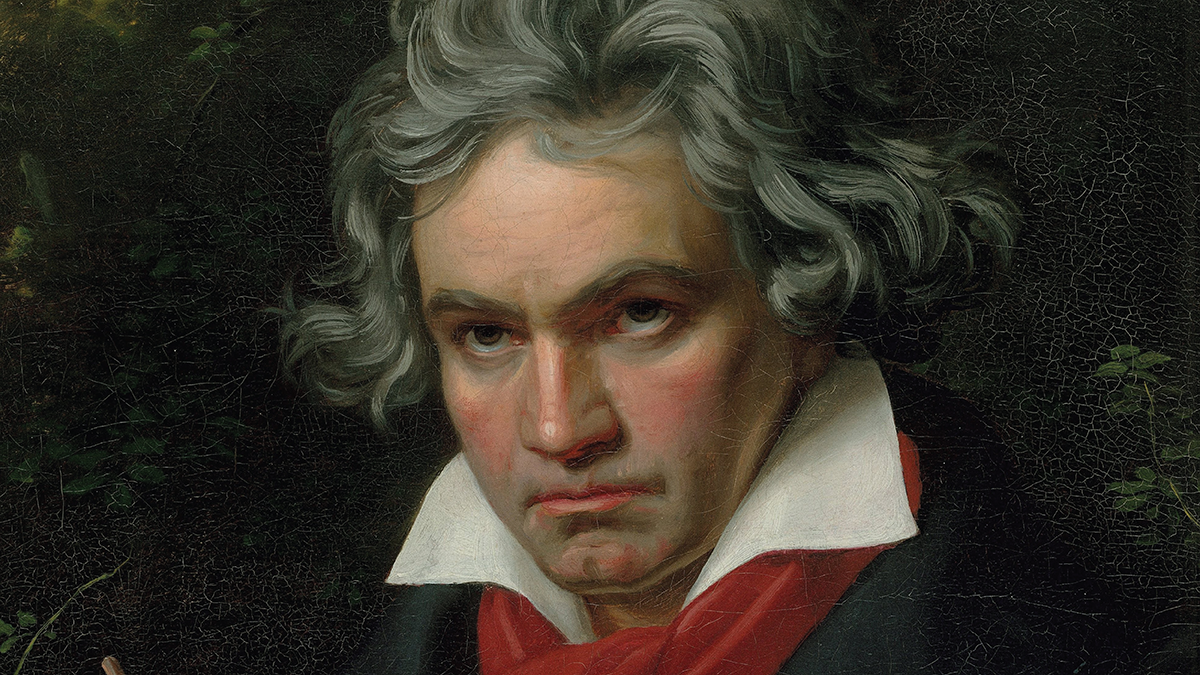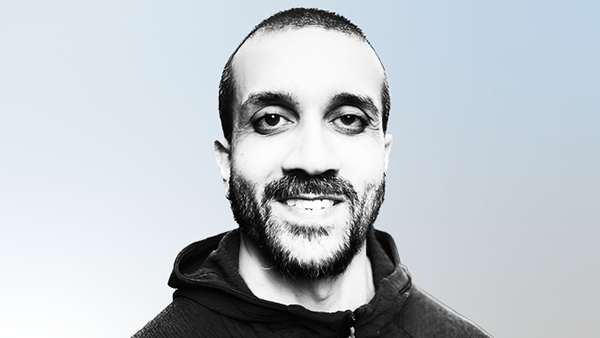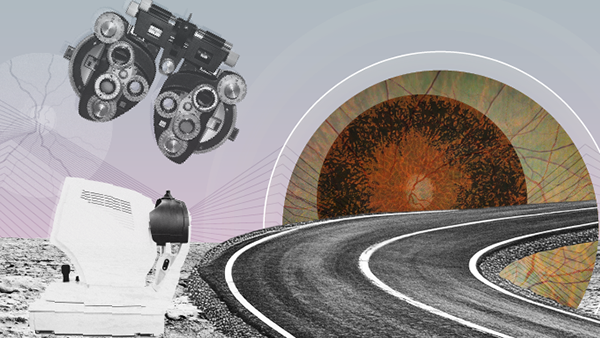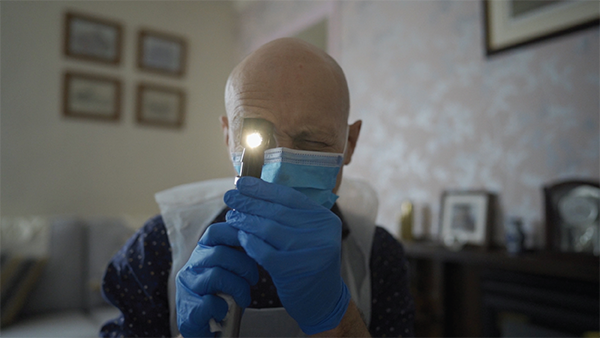Music of the Mind
Charting the decline of Beethoven’s hearing, considering the music he never heard, and asking a controversial question…
Music is an auditory art form, but there are many instances to suggest hearing isn’t essential – (arguably) the most famous of which would be Ludwig Van Beethoven. But here’s that controversial question: Would Beethoven’s output have been affected – for better or for worse – by modern day audiology?
At just 27, Beethoven began to experience deafness in his left ear – a problem that soon became a bilateral loss of high-frequency hearing associated with severe tinnitus, recruitment, and poor discrimination (1). By 1800, at the age of 30, he wrote to a childhood friend about his progressive decline: “In the theater I have to get very close to the orchestra to understand the performers, and that from a distance I do not hear the high notes of the instruments and the singers’ voices…”
If your optical practice offers audiology services, my guess is that a contrabassoon does not feature on the technology list. But allow me to introduce you to an innovative physician called Johannes Schmittendahl, who assessed Beethoven’s auditory perception – both through air and bone conduction. Without access to modern audiometers, Schmittendahl instead played every orchestral instrument, ranging from the piccolo to the contrabassoon at varying intensities, including Beethoven’s very own dynamic invention – forte-fortissimo – to document the composer’s hearing. Schmittendahl also encircled the composer’s ears with double bass and violin strings, adjusting the tension and bowing at different levels to explore the entire spectrum of discernible frequencies.
Meanwhile, Beethoven was known to claim a number of reasons for his hearing loss. At one point, he suggested that falling over during a fit of rage – after being interrupted while composing – was the culprit. In other instances, he attributed it to ongoing gastrointestinal problems. Another – slightly controversial – theory is that he suffered from lead poisoning. Wine, at the time, was often laced with lead and Beethoven was known to drink in excess – as evidenced by autopsy findings of cirrhosis.
Today, the available evidence suggests sensorineural hearing loss was more likely than a conductive loss (2). And some musicologists argue that cochlear otosclerosis is the only diagnosis that can explain all the clinical symptoms and pathological findings.
Either way, Beethoven’s progressive hearing loss would drastically change the trajectory of his life; adjustments were necessary. He was known to use ear trumpets secured with a headband while conducting. Additionally, he would soak cotton balls in almond oil and place them in his ears, and even strap wet bark to his upper arms, allowing it to dry out and produce blisters. These methods were, unsurprisingly, redundant.
Prior to going deaf, Beethoven grappled with social awkwardness, and his progressive decline only accentuated these challenges. In the later stages of his life, Beethoven chose to isolate himself because of the embarrassment his affliction caused. His rate of composition, too, began to decrease. The works composed between 1815 and 1827 comprise only a small fraction of his output post-1792. And yet, their scale far exceeds anything written before.
Many musicologists separate his work into three stages molded by his condition: The Early Period (1770–1802), where his hearing remained intact; The Middle Period (1802–1816), where each work was composed with the knowledge that he was going deaf; and The End Period (1816–1827), where he would never hear his music again.
It was during the Middle Period in which Beethoven composed his best known work: Symphony No.5; a piece defined by the first four notes, and still often quoted in classical and popular compositions today. Throughout this stage, Beethoven also began to favor lower tones because of their clearer audability. Compositions that exhibit this quality include Moonlight Sonata and his only opera, Fidelio.
However, some musicologists suggest that towards the end of his life, Beethoven had once again reintroduced high notes by simply drawing on memory and imagination. It was, after all, his compositions that pushed the classical era to its brink, paving the way for a new era of romanticism.
Completed just three years before his death, Beethoven’s symphony no.9 is (quite literally) an ode to joy and life. It represents the first symphony to merge instrumental and vocal parts together, fulfilling his vision of triumph of the human spirit over adversity. And yet, Beethoven himself never actually heard it. Famously, after conducting its premiere, he was unaware of the overwhelmingly positive response his ninth symphony received.
Impressionist composer Claude Debussy once said, “There is nothing more musical than a sunset.” Can music, therefore, exist independently of hearing? And if advanced audiology and hearing aids existed in Beethoven’s day, would they have robbed us of his ninth? We can ponder those questions, but Beethoven’s musical journey is surely a testament to the power of the mind.
References
- KM Stevens, “Beethoven's Deafness,” JAMA. 213, 3 (1970): DOI: 10.1001/jama.1970.03170290030006
- JP Thomas et al., “Aetiology of Ludwig van Beethoven’s Hearing Impairment: Hypotheses Over the Past 100 years – a Systematic Review,” Eur Arch Otorhinolaryngol, 278, 12 (2020): DOI: 10.1007/s00405-020-06467-w
The New Optometrist Newsletter
Permission Statement
By opting-in, you agree to receive email communications from The New Optometrist. You will stay up-to-date with optometry content, news, events and sponsors information.
You can view our privacy policy here
Most Popular
Sign up to The New Optometrist Updates
Permission Statement
By opting-in, you agree to receive email communications from The New Optometrist. You will stay up-to-date with optometry content, news, events and sponsors information.
You can view our privacy policy here
Sign up to The New Optometrist Updates
Permission Statement
By opting-in, you agree to receive email communications from The New Optometrist. You will stay up-to-date with optometry content, news, events and sponsors information.
You can view our privacy policy here








